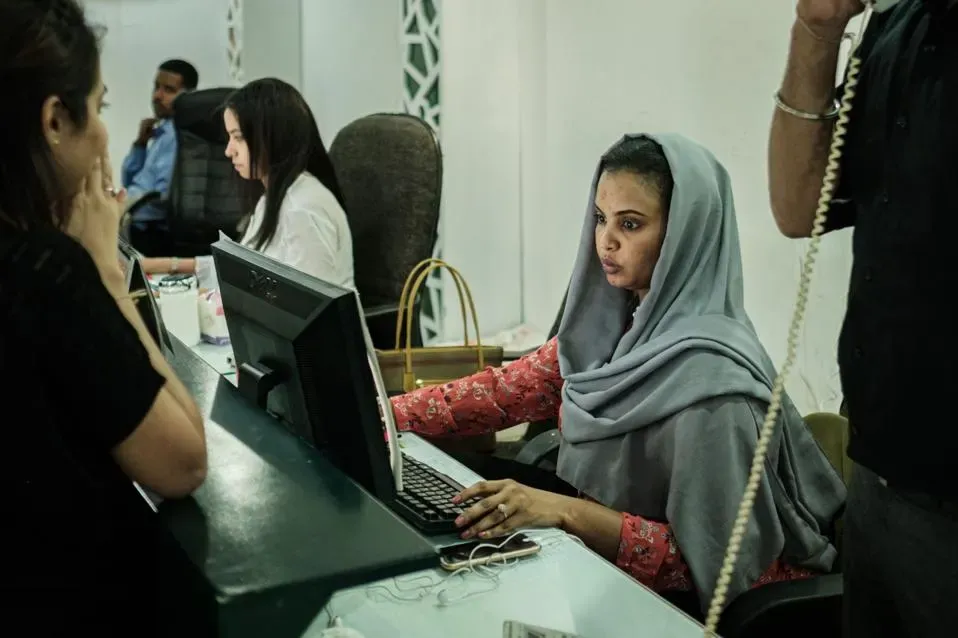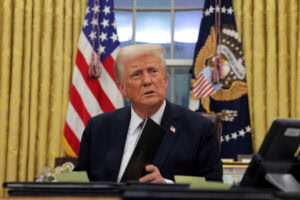Islamabad: Pakistan saw a major leap in closing the digital gender divide in 2024, with around eight million women coming online, according to the GSMA Mobile Gender Gap Report 2025.
The report revealed that the gender gap in mobile internet usage in the country narrowed from 38% to 25%, indicating that women are now 25% less likely than men to use mobile internet, compared to 38% in previous years.
This progress marks a significant improvement, especially when viewed against the broader regional backdrop.
In South Asia, the gender gap remained largely stagnant at 32%, with 330 million women still not using mobile internet.
Pakistan, however, led the region in terms of growth, with 45% of women now using mobile internet, ahead of India (39%) and Bangladesh (26%).
This is a sharp rise from 33% in 2023, largely driven by increased uptake among rural women.
The report also highlighted that mobile internet usage among men rose by seven percentage points during the same period.
Pakistan now leads South Asia not just in women’s mobile internet growth, but also in male mobile ownership, with 93% of men owning a mobile phone—compared to 71% in India and 68% in Bangladesh.
The GSMA praised the efforts of the Pakistan Telecommunication Authority (PTA) for its Digital Gender Inclusion Strategy 2020, which aims to foster inclusive digital access for women.
The efforts of telecom providers like Jazz, Telenor, and Ufone were also lauded for their participation in the GSMA Connected Women Commitment Initiative, working to expand their female mobile internet customer base.
Industry leaders welcomed the findings, emphasizing both progress and persistent challenges. Jazz CEO Aamir Ibrahim highlighted the transformative role of smartphones for women, calling them the “biggest equaliser” in today’s digital world.
Read More: Good News for Pakistani Workers: UAE Opens Visas for skillled and unskilled
However, he pointed out that social barriers, affordability, and cultural norms—particularly in rural and low-income communities—still hinder progress.
He stressed the need to involve household decision-makers like fathers and brothers in efforts to increase digital inclusion for women.
To address these challenges, telecom operators have advocated for tailored solutions, including instalment-based smartphone purchasing schemes and localized digital literacy programs.
The report also found high awareness of mobile internet in Pakistan, with 89% of men and 86% of women being aware of it—indicating a minimal gender gap in awareness.
Also Read: ADB Report: Pakistan Falls in Low Digitalization, Needs to Closing Digital Divide
The GSMA emphasized that awareness is a crucial first step toward safe and autonomous mobile internet use, and should be a focus of future inclusion strategies.









